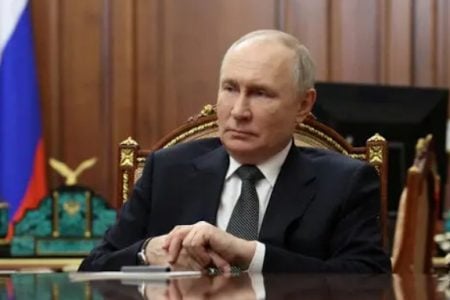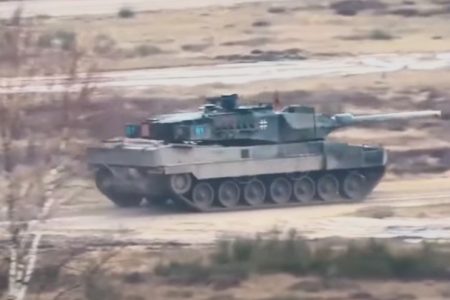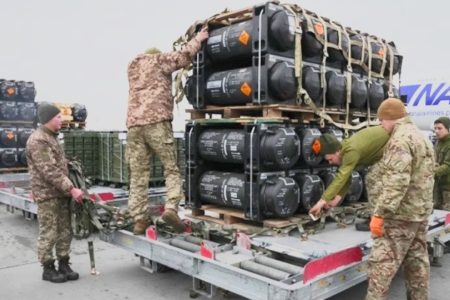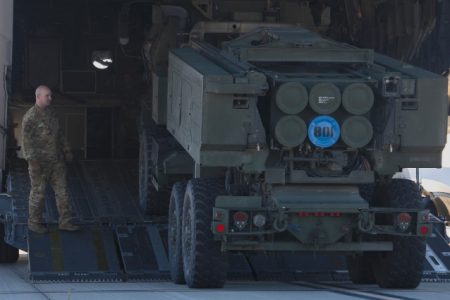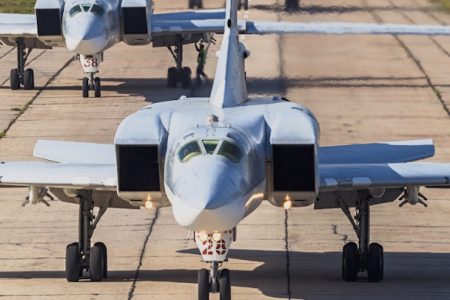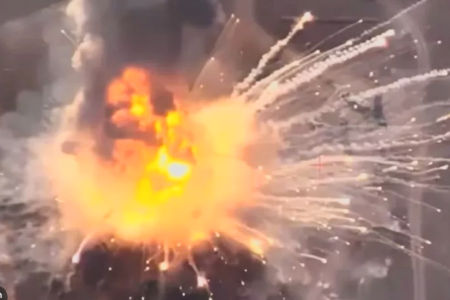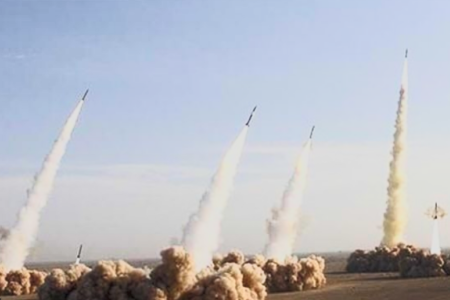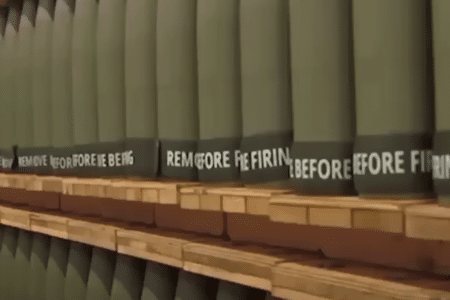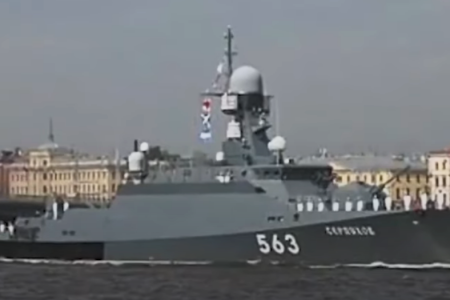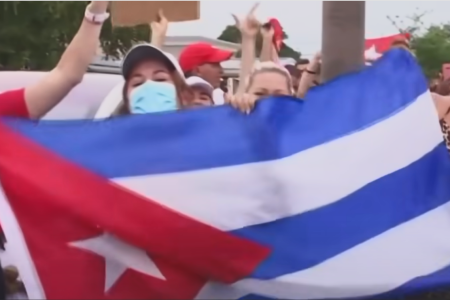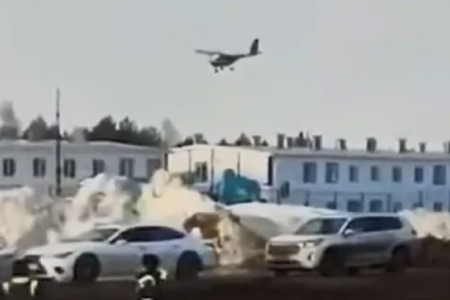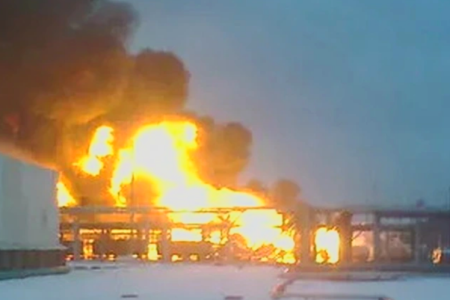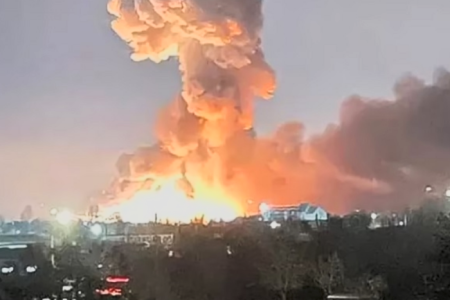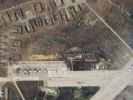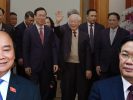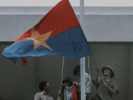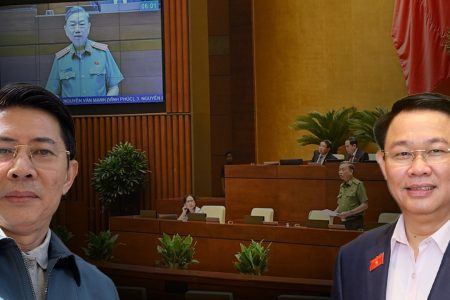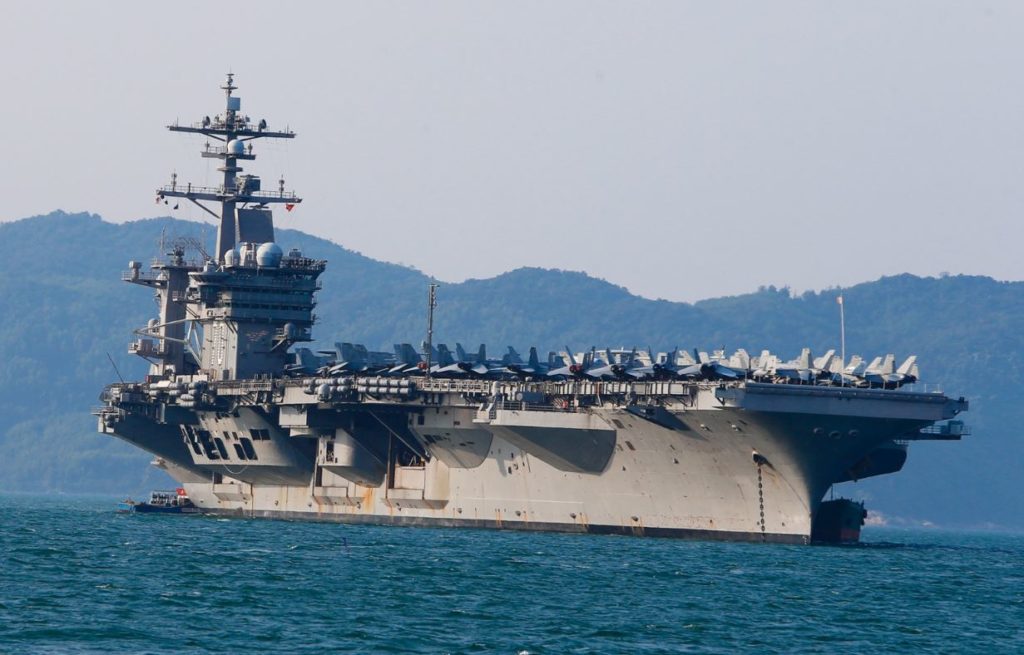
The US Navy said that a Chinese Navy destroyer fired a laser at an American patrol plane last week while the aircraft flew across the Philippine Sea, about 600 km west off Guam Island. The US Pacific Fleet said in a statement that a Chinese ship fired lasers onto US P-8A Poseidon aircraft “unsafe” and “unprofessional,” while the P-8 is operating “in international airspace in accordance with international laws and regulations.”
China’s Laser weapon of (experimental) is a model based on the prototype of Laser weapon of the US military – According to The Maritime Executive
The U.S. Navy said China’s actions violated the Code of Unplanned Encounter at Sea (CUES), a multilateral agreement reached in 2014, and also not consistent with the Memorandum of Understanding. (MOU) between the US Department of Defense and China on the safety of air and sea encounters, the statement said.
The laser is captured by a sensor on the P-8A and cannot be seen with the naked eye. “Weapon-class lasers can potentially severely damage aircraft and marines, as well as ship and aircraft systems,” the US Navy said.
The United States has long been thought to be the leader in the development of laser weapons, but Russia and China are also speeding up to not be left behind in the race to own this potential weapon.
Recently China introduced the LW-30 system that can shoot lasers with a capacity of 30 kW, which can destroy targets at a distance of 25 km. However, analysts are skeptical that its effective range is up to 25 km. The experimental US laser weapons systems can only shoot down targets within a few kilometers.
An American aircraft carrier is expected to visit Vietnam’s Danang city in early March, a Western diplomatic source told VOA.
The US Embassy in Hanoi is currently working with Vietnam’s Ministry of Foreign Affairs to prepare for the visit, and is awaiting a final decision from the host country, the source said.
It is not clear what US aircraft carrier is about to make the visit. If the two countries reach agreement, this will be the second time a US aircraft carrier will visit Vietnam after the two countries end the war in the mid-1970s.
Nearly two years ago, USS Carl Vinson aircraft carrier had the first “historic” visit to Da Nang port since 1975 on March 5-9, 2018.
At the time, Major Tim Hawkins, the USS Carl Vinson’s communications officer, told VOA that the visit marked a “milestone” in US-Vietnam relations and also “demonstrated the America’s support ”to an independent, strong and prosperous Vietnam.
Making a general comment about US Navy operations in the region, Major Tim Hawkins told the international press when the USS Carl Vinson ship visited Da Nang that the US Navy was regularly operating in the Pacific, “helping maintain peace for over 70 years.”
Analysts and observers believe that the presence of a powerful US warship in Vietnam’s port in the disputed East Sea (South China Sea) as a signal to China.

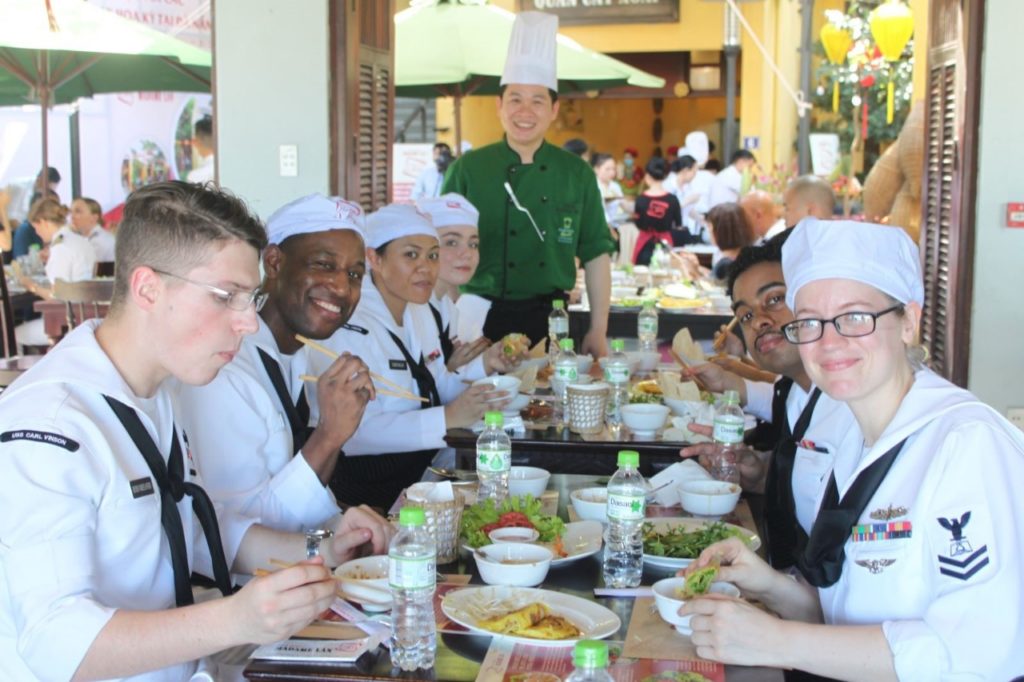
“We operate in the region to reassure our allies and partners, maintain regional stability and maintain the expansion of important maritime routes for global prosperity,” the US Navy Colonel added.
It is expected that when the US aircraft carrier visits Vietnam for the second time at the port of Da Nang, it will also take place the same activities as when the USS Carl Vinson arrived, including meetings and joint training between the two military forces and community-based activities, cultural exchanges between the crew and the locals.
According to the description of the domestic press, the people of Danang in particular and the Vietnamese in general were very excited and had a good impression about the visit of the USS Carl Vinson in early 2018.
In April 2019, Randall Schriver, assistant to the US Department of Defense for the Indo-Pacific region, was quoted by the media as saying that following the visit of USS Carl Vinson, the US “hoped to have An agreement with Vietnam on the second carrier to visit in late 2019.”
However, according to VOA, due to the typhoon in the East Sea, a plan to dispatch US Navy ships to Vietnam in November 2019 was canceled.
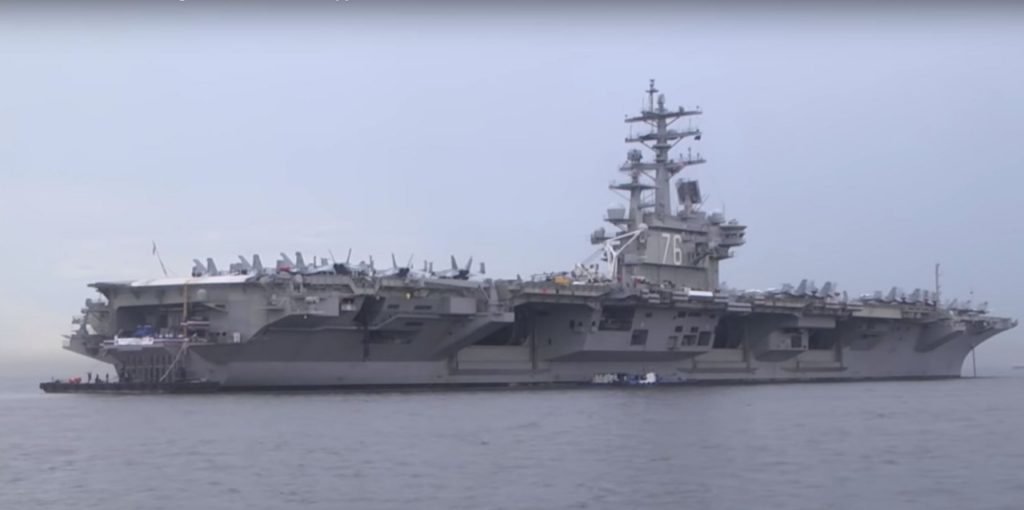
In a move likely to provoke anger in Beijing just days before China marks an important event, the 70th anniversary of the National Day, USS Ronald Reagan conducted operations in the disputed East Sea, near China’s artificial islands, according to The Japan Times.
A spokesman for the Ministry of Defense said that “China strongly opposes activities that show off the US fleet’s strength in the South China Sea and efforts to militarize the region.”
China dispatched the stern of the US aircraft carrier USS Ronald Reagan in the East Sea.
According to the South China Morning Post, with two cruisers and an accompanying destroyer, the USS Ronald Reagan nuclear power carrier then arrived in Singapore on Oct 17, 2019.
Rear admiral George Wikoff responded to the press on October 17 despite not denying that the USS Ronald Reagan had been followed by many Chinese warships, but he affirmed that the mission of the USS Ronald Reagan would “be” notorious and ready to fight immediately.
Satellite images posted on social media show the ship surrounded by at least seven supposedly Chinese vessels.
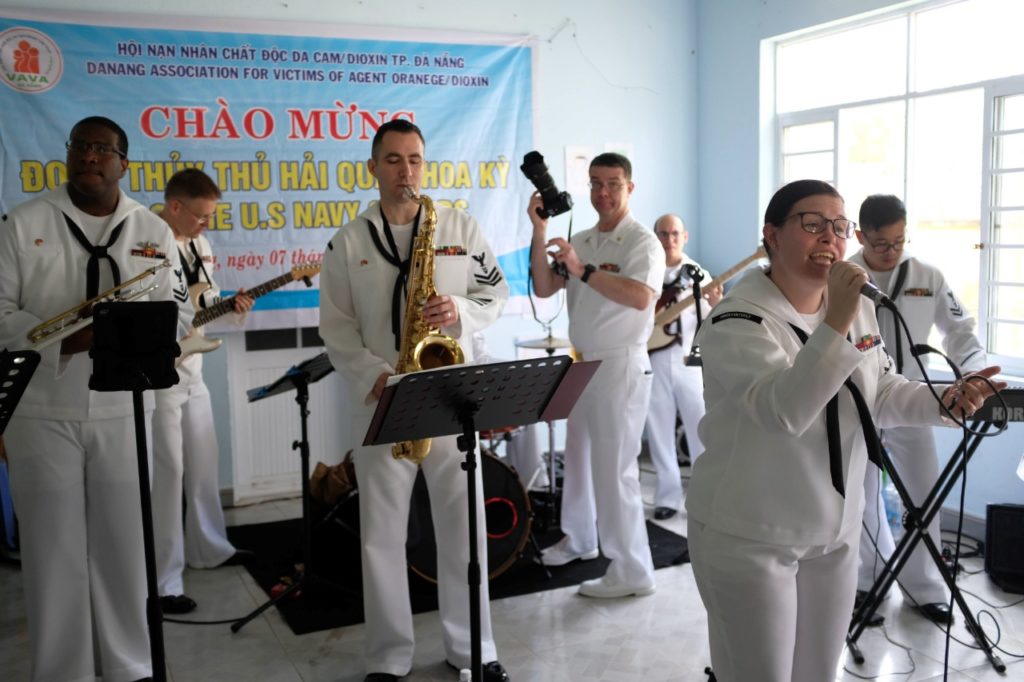
American aircraft carrier first arrived in Danang since 1975 – after 43 years since that time, Danang people now welcome American sailors with a new mind.
The family of Mr. Nguyen Van Nhan, 59 years old, was once involved in the war in the past. “Living under wartime and when the country is as peaceful as today, I think the past is a thing of the past. They (Americans) came here and exchanged culturally openly, honestly with me, I just accepted it.” Nhan said.
Nguyen Minh Nhat, a 26-year-old employee of a computer company, compared the spirit of the “USS Carl Vinson photo-hunting and shooting movement” on this occasion as exciting and interested as when the people of Da Nang pulled out the way to welcome President Trump’s convoy to this city for APEC at the end of 2017. “Many of my friends asked to join the group to find the place to observe the vessel, and this topic is mentioned quite a lot on social networks.”
According to Minh Nhat, the benefits that the US actively promotes such as prosperous economic development, opportunities coming from ordinary economy and freedom of movement and circulation at sea … “are all appropriate factors, necessary for the development of Vietnam.” “Vietnam needs a friend and partner like the US. In addition, for Danang people, they already know and get used to the American presence here,” Minh Nhat said.
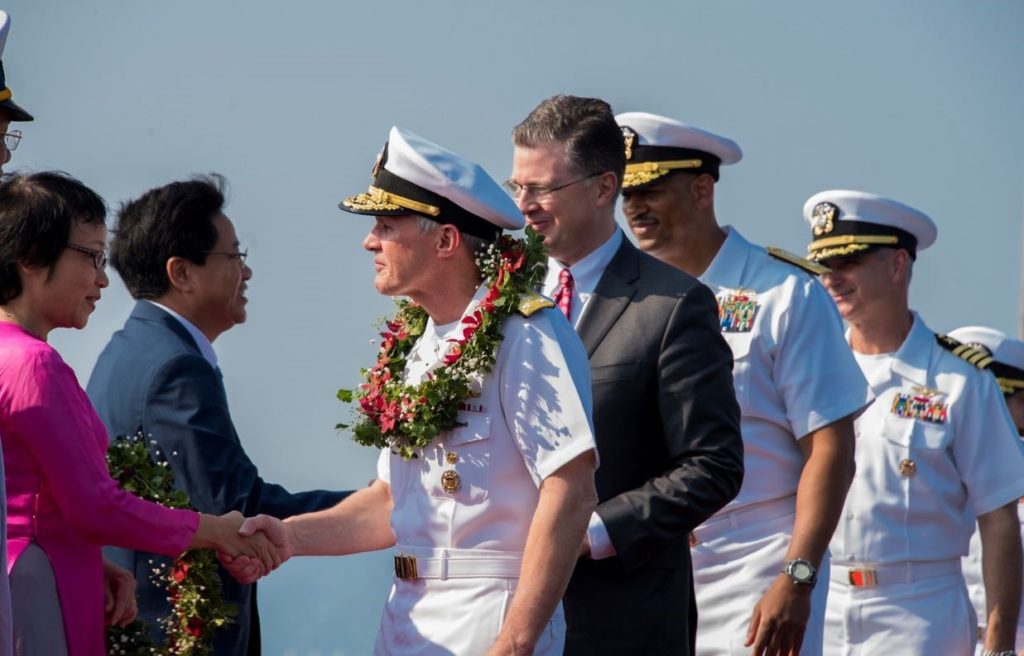
“War is a thing of the past and I want to leave these memories to the past. Some of my other friends are not like that, but I cannot replace them in judging or judging for their matters. I personally expect this event to be the beginning of a better thing, opening up new cooperation between the two countries,” he said.
Enjoying pancakes, spring rolls and some other Vietnamese dishes at a Da Nang restaurant on the coastal Bach Dang street, Rear Adm. John Fuller said his fleet of aircraft carriers has visited many places. But this visit to Vietnam is special because it sets a historic precedent.
Compared to most other US sailors in the USS Carl Vinson aircraft carrier fleet, Rear Admiral Fuller felt more connected to Vietnam. His father was a soldier of the army who participated in the Vietnam war before 1975. Mr. Fuller said his father would “feel proud of his son. After 40 years, I came to Vietnam in peace and friendship and received a warm welcome from the wonderful country of Vietnam.” “No more than 40 years ago no one would have imagined what would happen today. But developments over the period have said a lot about bilateral relations, including maritime cooperation between the two sides. We are on the right track,” said Mr. Fuller.
Facing increasingly aggressive China in the East Sea, Vietnam and the US come closer and cooperate.
The Hanoi authorities themselves need a strong enough partner to deal with Beijing’s powerful navy and maritime forces, which are always looking for ways to violate Vietnam’s exclusive economic zone.
But in order to maintain its sovereignty and territorial sea in the East Sea, Vietnam needs a strategic ally with the United States and democratic and free countries. For this, the Communist Party needs to abandon the totalitarian regime to return to the people.
Trung Nam from Da Nang – Thoibao.de (Translated)




